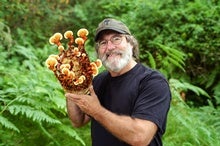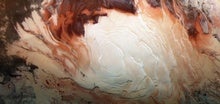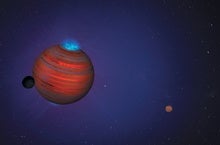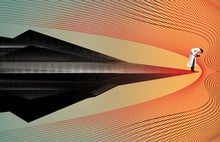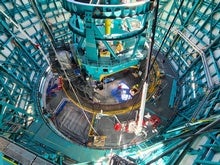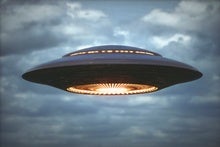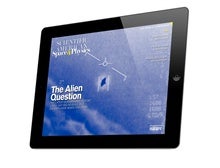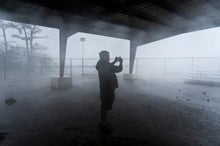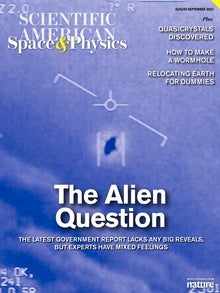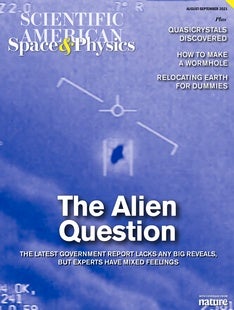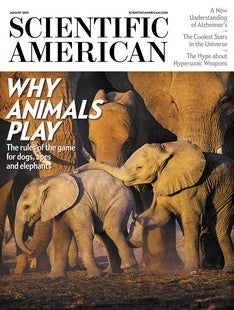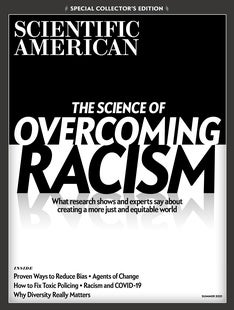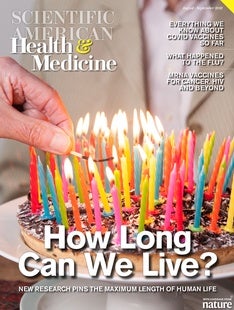 |
| August 05, 2021 |
Dear Reader,
This week, we're thinking about the importance of partnerships. Our lead story examines the question of whether terrestrial tensions between the U.S. and China are destined to extend off-world. Can these two spaceflight superpowers collaborate on future crew habitats and interplanetary missions, or are they destined to always go separate ways? The answer, whatever it is, will probably define the landscape of 21st-century state-sponsored space science. Elsewhere, we have updates on new niches for life on Mars, the hype about hypersonic weapons, the far-out possibilities for mushrooms in space, and more. Enjoy! |
| |
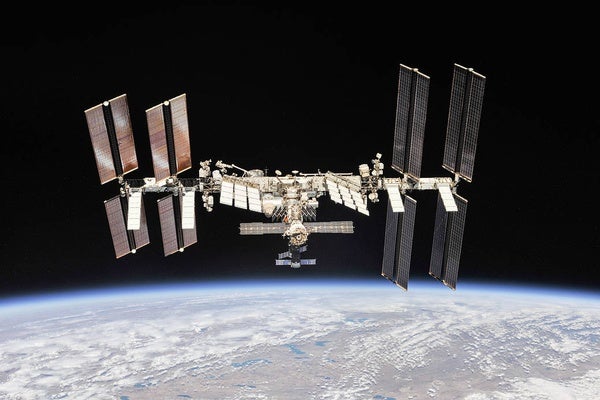 |
| Space Exploration Can the U.S. and China Cooperate in Space? China's meteoric rise in space science and exploration—along with its new partnership with Russia—is spurring U.S. experts to reconsider a long-standing prohibition on bilateral collaborations By Leonard David | |
| Extraterrestrial Life Future Space Travel Might Require Mushrooms Mycologist Paul Stamets discusses the potential extraterrestrial uses of fungi, including terraforming planets, building human habitats—and providing psilocybin therapy to astronauts | | | | |
| Planetary Science Buried 'Lakes' on Mars May Just Be Frozen Clay Mineral deposits, not salty water, are the most likely cause of radar reflections spotted beneath the planet's south pole, a new study finds | | By Charles Q. Choi,SPACE.com | | | |
| |
| |
| |
| |
| Extraterrestrial Life To Understand UAP, We Need Megapixel Imagery If any of them represent advanced technology, high-resolution photographs might tell us whether they're metaphorically labeled "Made in China" or "Made on Exoplanet X" | | | | |
| |
| |
FROM THE STORE
 | | | |
| QUOTE OF THE DAY
 "Psilocybin mushrooms should be an essential part of your psychological tool kit for astronauts to be able to endure the solitude and the challenges of space and isolation." Paul Stamets, mycologist | |
| |
LATEST ISSUES
 |
| |
| Questions? Comments?  | |
| Download the Scientific American App |
| |
| |



